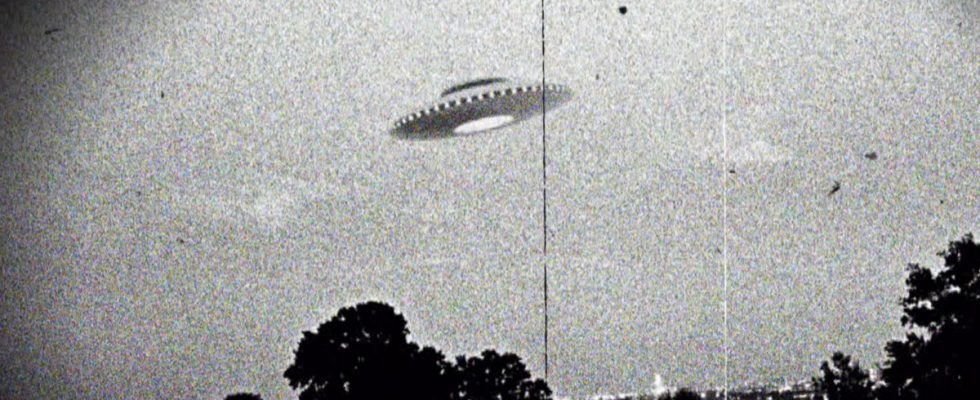The US space agency Nasa has appointed a director for UFO research to advance the use of artificial intelligence and machine learning as analytical tools. The new position became known when an expert report was published Unidentified Aerial PhenomenonUAP (German: unknown celestial phenomenon), a term that US authorities use instead of UFO (unidentified flying object) and would like to continue to establish.
The name of the new research director was initially not supposed to be made known, probably for security reasons: After members of the 16-member committee responsible for the report had previously been mocked on social media and threatened with hate mail, there was apparently a fear that the head of the new one Department could also be harassed. Almost seven hours after the press conference, Mark McInerney was introduced to the public with a photo and full name.
Mark McInerney is a meteorologist and NASA’s new director for research into unknown celestial phenomena.
(Photo: NASA)
But not much more than a few key professional details were announced about the new UFO director. McInerney’s favorite planet is Earth, he has a bachelor’s degree in meteorology from Central Michigan University and a master’s degree in Software Engineering & Distributed Computing from Grand Valley State University in Michigan. He started his career as a meteorologist, then became a software developer for meteorology programs. According to the press release, he has worked in various positions within NASA since 1996, including as manager of the Earth Science Data System Working Group, which makes recommendations for working with large data sets within NASA. Most recently, he worked as a liaison to the Department of Defense, where he also covered UAP activities for the agency.
The first major task for McInerney and his team will now be to collect more high-quality and standardized data on unknown flying objects. To date, such unified data sets have been largely missing from the study of mysterious phenomena. At the same time, they are a prerequisite for using artificial intelligence and machine learning as analysis tools. McInerney will also oversee the space agency’s work in this area and act as an intermediary between NASA and US federal authorities.
So far, NASA has found no evidence that UAPs have an extraterrestrial origin, NASA Director Bill Nelson said at the press conference about the report’s findings. However, with some UAPs you simply don’t know what’s behind them. The report and the new office with the expanded research mandate are part of an effort, Nelson said, to shift the conversation about UAPs from “sensationalism to science.”
The public is also encouraged to help collect qualitative data that could lead to an explanation of the previously mysterious celestial phenomena. The panel recommended that NASA review the development of open source apps for smartphones that could collect imagery and other data worldwide. Sometimes there is no standardized system for civilian UAP reporting, which also results in sparse and incomplete data.
After several sightings by the US military were recently published, the debate surrounding unidentified flying objects has received increased attention. It is said that the American government is withholding information. There was also criticism that there was no adequate system for reporting sightings.
Bill Nelson also emphasized in the press conference that all information collected would be handled transparently. All data should be publicly available worldwide via a website set up by the Pentagon.

